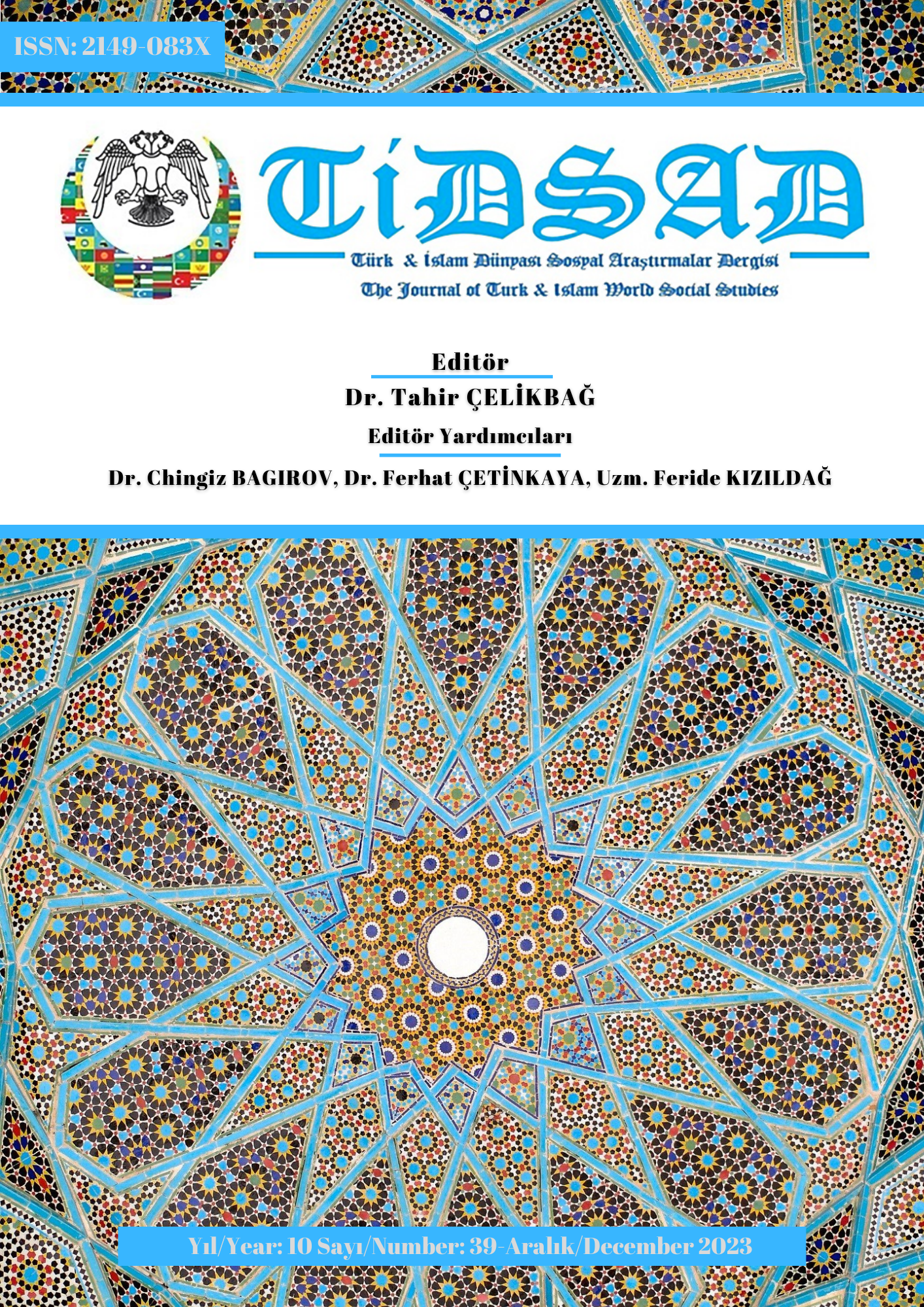Author :
Abstract
Batı’da 20. Asrın başlarında tatbikine başlanılan işsizlik sigortası uygulaması Türkiye’de ancak bu asrın son yılında yasalaşabilmiş ve uygulanmasına 21. Yüzyılın ilk senesinde başlanılmıştır. İşsizlik ödeneğinden yararlanmanın koşullarının ağır olması bu ödeneklerden yararlanma düzeyini düşük tutmaktadır ve işsizlik fonunun yetersizliği gibi bir sorunun oluşmasını engellemektedir. Ancak işsizlik primi ödenmesinde en büyük payın işverenin üzerinde olması bu kesimin tepkisine yol açmaktadır. Ayrıca örneğin ABD’de olmayan kıdem tazminatı uygulaması Türkiye’de mevcuttur. Bu açıdan ülkemizde işveren prim oranının sigortalının prime esas aylık brüt kazancı üzerinden %1’e indirilmesi ve fon gelirlerinin azalmayacak şekilde kaybın devlet tarafından ikame edilmesi öngörülmüştür. Böyle bir uygulama istihdamın artmasına, gelirin daha dengeli paylaşımına yol açacak ve sosyal devlet uygulamasına daha fazla uygunluk gösterecektir.
Keywords
Abstract
The application of unemployment insurance introduced in the West at the beginning of the 20th century got enacted in Turkiye solely by the end of the century and put into effect at the very beginning of the first year of the 21st century. Owing to the fact that it is not easy to benefit from unemployment allowances, it enables to keep the rate of utilisation of these allowances low and thus prevents the probability of occurrence of insufficiency of the unemployment fund. However, the fact that the biggest share in the payment of unemployment premium is on the employer leads to the reaction of this segment. Besides that, there is a severance pay scheme application in Turkiye which is not available in the USA. In this respect, it is envisaged that the employer's premium rate will be reduced down to 1% of the gross monthly earnings of the insured, and the loss is met by the state so as not to reduce the fund revenues. Such a practice leads to an increase in employment rate, a more balanced distribution of income, and well becomes in conformity with the social state practice.





